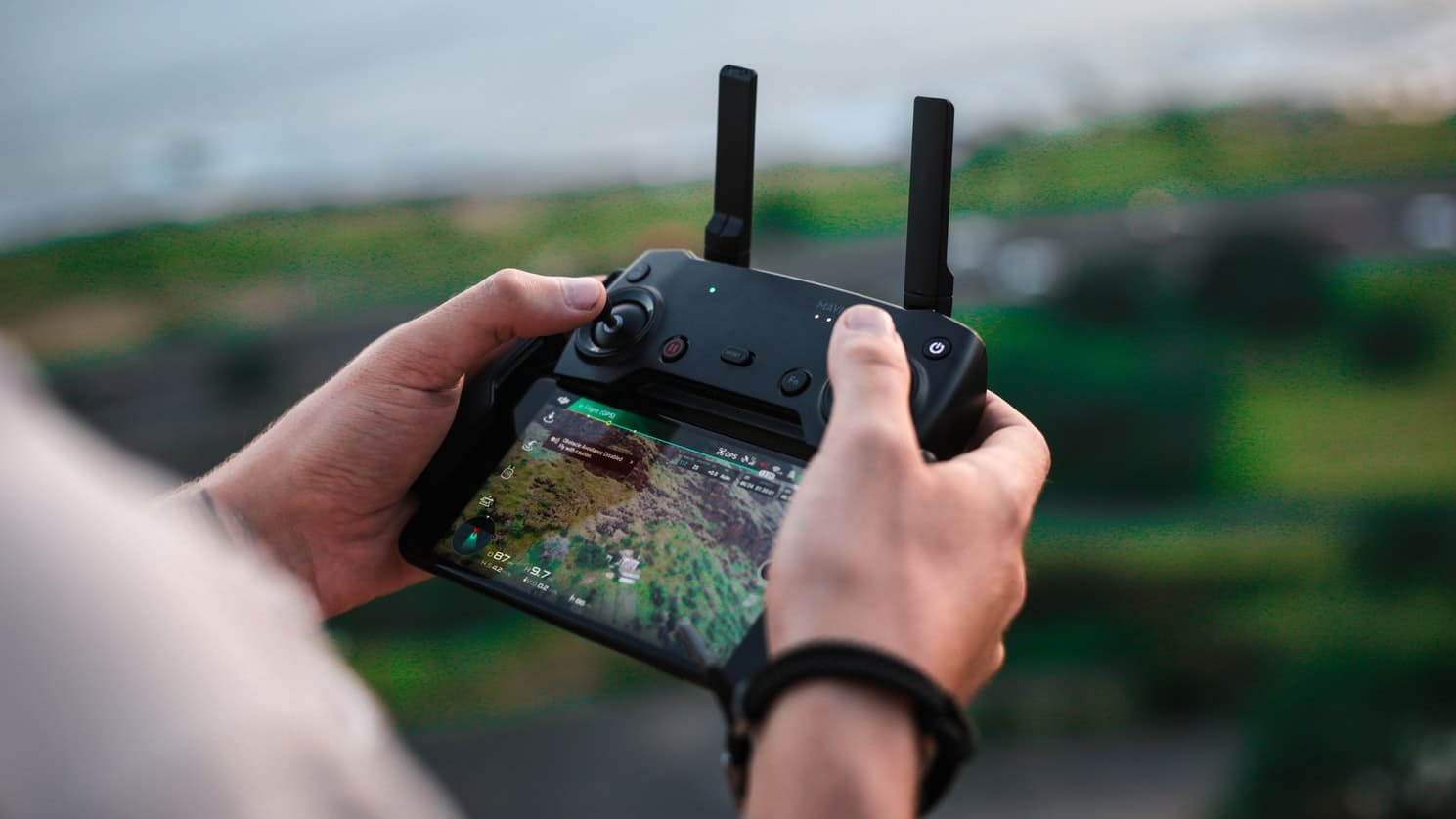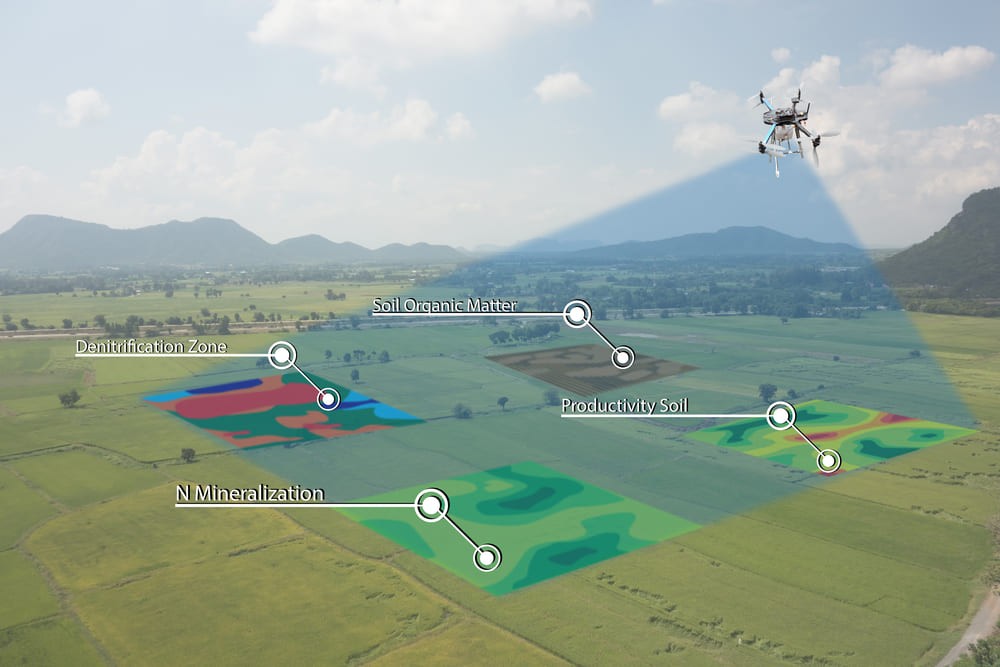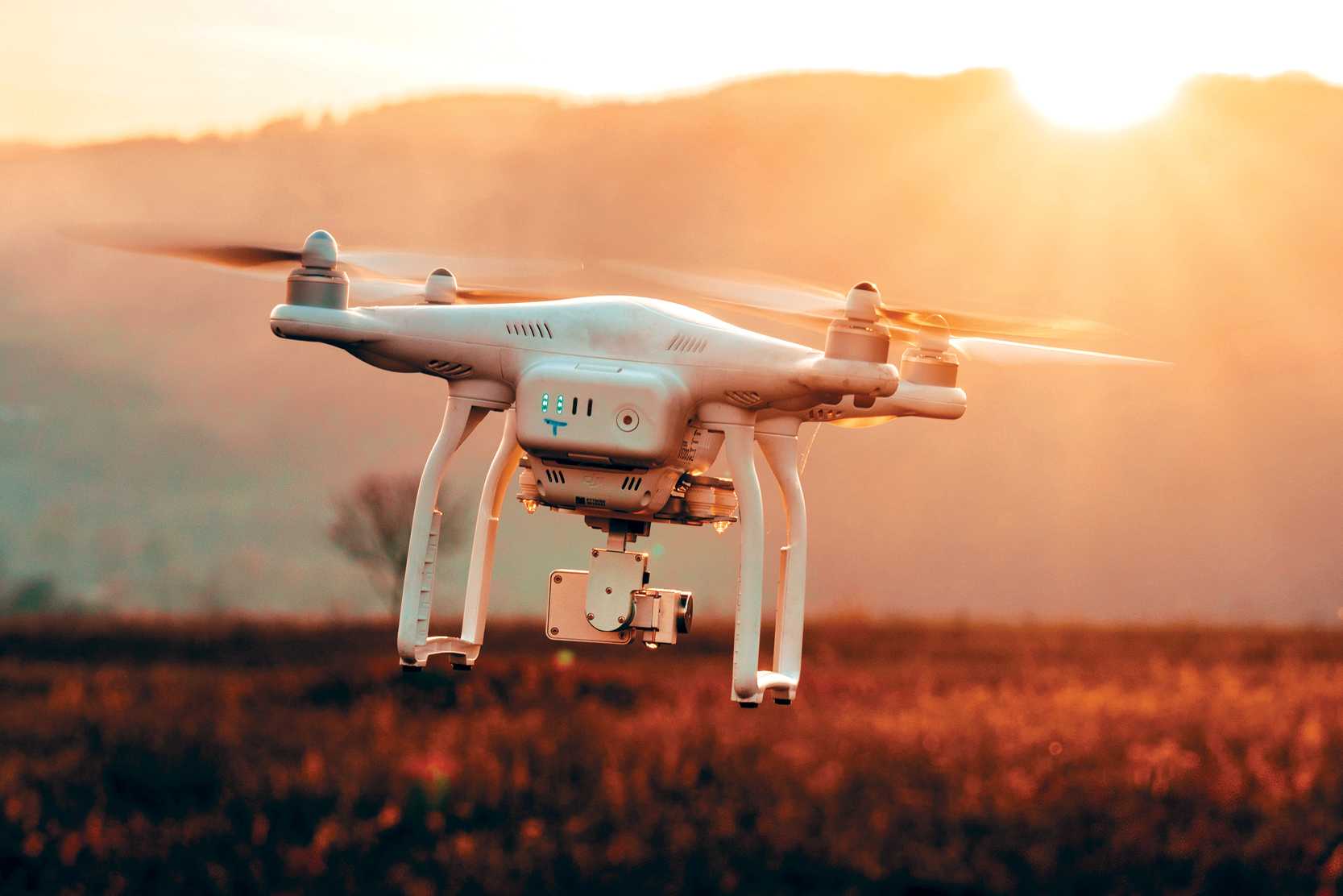Why use agriculture drones
So, what can drones do for agriculture? The answer to this question boils down to increasing overall efficiency, but there’s more to drones than just that. As drones become an integral part of smart (or ‘precision’) farming, they help farmers deal with a wide range of challenges and reap a great number of benefits.
Most of these benefits stem from eliminating any guesswork and reducing uncertainty. The success of farming normally depends on a plethora of factors farmers have little or no control over: weather and soil conditions, temperature, precipitation, etc. The key to efficiency lies in their ability to adjust, which is impacted by a large extent by the availability of accurate nearly real-time info.
Here’s where the use of drone technology can truly become a game changer. By gaining access to a vast pool of data, farmers can increase crop yields, save time, reduce expenses and act with unparallelled accuracy and precision.
The world as we know it today is fast paced: changes, alterations, and transformations happen in almost a blink of an eye. Adaptation is critical, and given the growing population and the global change of weather conditions, farmers will be required to utilize new-generation technologies to address emerging challenges.

How drone technology works
To gain a better understanding of drones use in agriculture, let’s take a closer look at drone technology. Typically, a drone construction includes propulsion and navigation systems, GPS, sensors and cameras, programmable controllers as well as equipment for automated flights.
The technology used for UAV drones for agriculture are built in a way that enables them to capture more accurate information than airplanes and satellites are capable of collecting. Drone-based agritech software processes the collected data and delivers it in an easy-to-read format.
All in all, the data collection process in the case of agriculture drones includes four logical steps:
1. Indicating flight parameters: Outlining and evaluating the surveillance area and uploading GPS info into the drone navigation system.
2. Autonomous flights: A UAV drone carries out a flight pattern according to the pre-established parameters and collects the required data.
3. Data upload: The drone submits the data it has captured for processing and analysis.
4. Information output: After the data has been processed, it is sent to farmers in a readable format. The report contains insightful info which accounts for better farm management decisions.

Drone best practices in agriculture
The use of drones for precision agriculture is gaining momentum because of their capability to deliver the most up-to-date info fast and efficiently. The evolution of drone software and its overall affordability also account for the increased application of drones. Let’s now explore how drones can be used for agriculture, more specifically.
Estimating soil condition
Smart farming is data-driven, enabling farmers to take action based on accurate information on soil conditions. Extracting this data had previously involved physical visits to the field and gathering metrics manually. Equipped with agriculture smart sensors, drones can collect and deliver this data – needless to say, they can also do it in a faster and more precise manner.
Planting future crops
The soil gets prepared for planting and a drone shoots seeds in it, rather than using outdated planting techniques. Using drones for seed planting is relatively new, yet, some companies are experimenting with this approach.
For example, DroneSeed is a startup that uses drone technology for crop planting – and more. Unmanned aircrafts can also spray fields with water, fertilizers or herbicides, reducing costs, manual labor and time spent on these processes.
Fighting infections and pests
Not only can agriculture drones inform farmers on soil conditions using thermal, multispectral and hyperspectral technology, they can also detect field areas inflicted by weeds, infections and pests. Based on this data, farmers can decide on the exact amounts of chemicals needed to fight infestations, and not only help reduce expenses, but also contribute to better field health.

Agriculture spraying
Smart farms also use drones for agriculture spraying, which helps limit human contact with fertilizers, pesticides and other harmful chemicals. Drones can handle this task faster and more efficiently than vehicles and airplanes; they are also a great alternative for farms that still use manual labor.
Drones are also irreplaceable when it comes to spot treatment. They can detect infected areas with sensors and cameras and work on them while leaving the healthy part of the field intact. This not only saves time and increases safety, but also helps reduce expenses.
Crop surveillance
Agricultural fields occupy large areas, and it’s often nearly impossible to estimate the overall state of crops. By using drones for agriculture mapping, farmers can stay updated on the health of plants in a particular area and indicate which field areas require attention.
To estimate the state of crops, drones inspect the field with infrared cameras and determine light absorption rates. Based on accurate, real-time info, farmers can take measures to improve the state of plants in any location.
Livestock monitoring
In livestock farming, drones can keep an eye on the cattle as it grazes on pastures, reducing the need for human workforce on horseback and trucks. Using thermal sensor technology, drones can find lost cattle, detect injured or sick animals, and calculate their exact numbers. Admittedly, drones are capable of doing a better cattle surveillance job than herding dogs.








